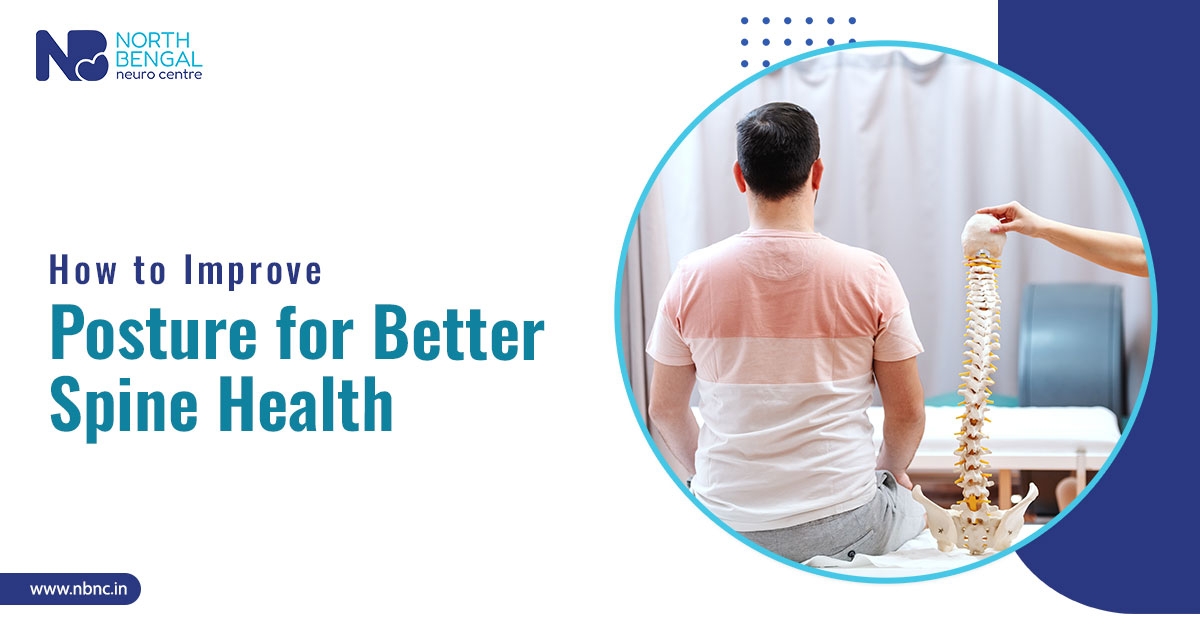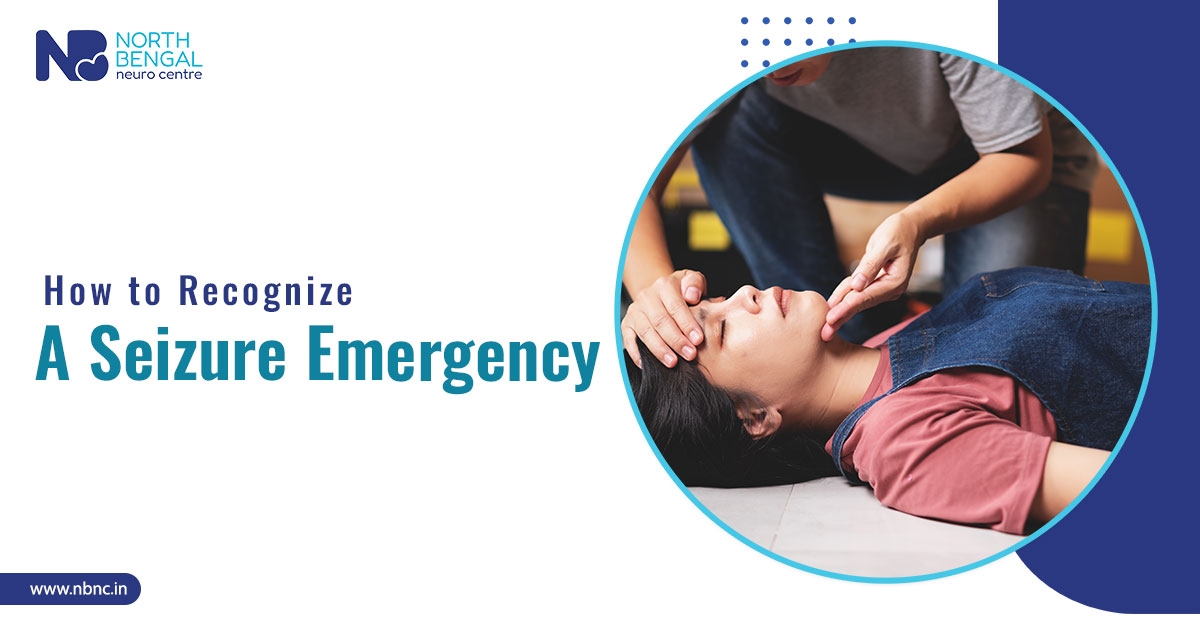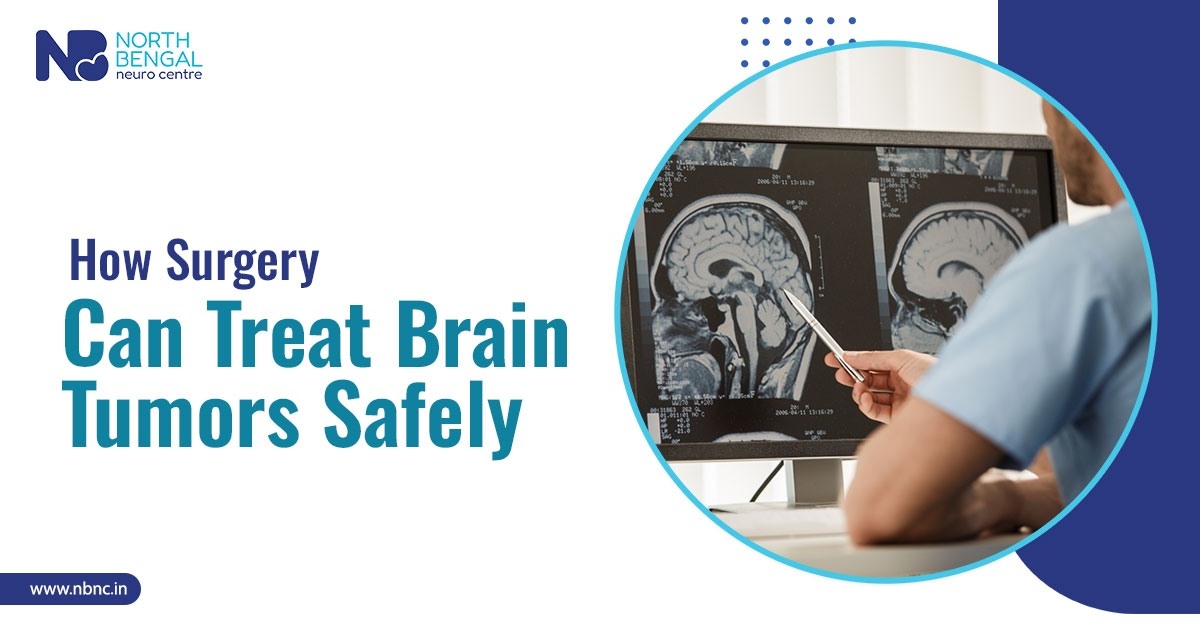A kind of persistent pain that often affects one arm or leg is called complex regional pain syndrome (CRPS). This type of orthopedic condition affectsthe area of your body, generally your extremities, experience discomfort, skin color changes, and other symptoms if you have complex regional pain syndrome (CRPS).
Your hand, foot, leg, and arm are examples of your extremities. You might see the Siliguri best orthopedic doctor at North Bengal Neuro Centre. Even though it is not very common, CRPS has a significant influence on the lives of people who have it.
Overview of Complex Regional Pain Syndrome
According to experts, central or peripheral nervous system dysfunction is the cause of CRPS. Here, the arm or leg is typically affected by CRPS, a kind of persistent pain. Such a pain usually appears following an injury, surgery, heart attack, or stroke.
People undergoing CRPS experience changes in the afflicted area, such as temperature, color, and/or swelling, as well as chronic discomfort.Two subtypes of CRPS are there, including:
- Type I: There is no nerve injury when it’s type I CRPS. It occurs following a disease or trauma that did not cause immediate nerve damage.
- Type II: Type II complex regional pain syndrome is the precise term for causalgia (CRPS II). It's a neurological condition that can cause excruciating, ongoing pain.
Although anybody can have CRPS, it usually manifests between the ages of 40 and 60.
CRPS Signs and Symptoms
Pain is the classic symptom here; however, CRPS symptoms usually appear four to six weeks following an accident, fracture, or surgery.The duration and intensity of complex regional pain syndrome (CRPS) symptoms vary from person to person.
- Persistent throbbing or scorching pain, typically in the hand, foot, leg, or arm
- Intolerance for cold or touch
- Tremors, weakness, and muscle spasms (atrophy)
- Reduced mobility in the afflicted body portion
- Swelling in the sore spot
- Skin tone, like red or blue
- Skin texture changes, like glossy, thin, or painful
- Changes in the development of hair and nails
- Changes in skin temperature
- Edema and stiffness in the joints
Diagnosis and Treatment of CRPS
For the diagnosis of CRPS, there isn't a single test. Usually, orthopedic doctors use a mix of clinical symptoms, patient history, and diagnostic standards. Doctors may order a few tests, including MRIs, bone scans, a sweat production test, X-rays, etc.
Early treatment is of great help for CRPS patients. Each patient needs personalized treatment to effectively relieve the pain caused by complex regional pain syndrome.
A variety of treatments can greatly lessen symptoms and enhance the quality of life for CRPS patients. Early diagnosis and individualized treatment are the most successful. You might see Siliguri best orthopedic doctor for CRPS.
Medications
- NSAIDs for pain and inflammation, such as ibuprofen.
- Antidepressants and anticonvulsants
- Topical pain relievers for specific areas of discomfort.
- Opioids may occasionally be used with caution to treat extreme pain.
- Corticosteroids or steroid medications
- Bon loss meds
Therapy
- Heat therapy
- Physical therapy
- Occupational therapy
- Topical treatment to lower hypersensitivity
- Transcutaneous electrical nerve stimulation for chronic pain
- Spinal cord stimulation
- Acupuncture
Psychological Support
Depression, anxiety, and sleep difficulties are common issues in patients with chronic pain caused by CRPS. Counseling techniques such as cognitive-behavioral therapy (CBT) can help patients on an emotional and psychological level.
Spinal Cord Stimulation (SCS)
In this minimally invasive procedure, medical experts place a device that blocks pain signals by sending electrical impulses to the spinal cord. For individuals who have not responded to previous therapies, SCS may be helpful.
Evenif CRPS might last a lifetime, many patients can effectively control their symptoms with the right treatment and lifestyle modifications. Complex regional pain syndrome often needs a combination of care. If you notice symptoms mentioned here, see your doctor without delay for an accurate diagnosis. Talk to one of the best orthopedic doctors in Siliguri City.





